Repair of malfunctions of washing machines semiautomatic device
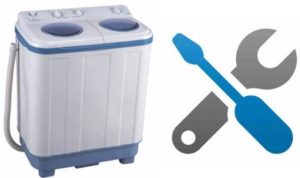 Semi-automatic washing machines have not yet been replaced by automatic machines and are often found in cottages and in houses without running water. They, like any complex mechanism, break down, and repairs may be required. With simple skills in working with equipment and the ability to read electrical circuits, a semiautomatic machine can be repaired with your own hands, without handing over to the repairman. We will help you sort through common problems and how to fix them.
Semi-automatic washing machines have not yet been replaced by automatic machines and are often found in cottages and in houses without running water. They, like any complex mechanism, break down, and repairs may be required. With simple skills in working with equipment and the ability to read electrical circuits, a semiautomatic machine can be repaired with your own hands, without handing over to the repairman. We will help you sort through common problems and how to fix them.
Frequent malfunctions and their causes
Semi-automatic washing machines with or without spinning have a rather big list of breakdowns. All of them, one way or another, are associated either with washing or with spinning, that is, the machine either does not wash or does it poorly, or does not wring. We list the malfunctions of such washing machines:
- The machine does not start for washing, the engine is silent. When the machine does not respond when turned on, the cause can be either a banal malfunction of the plug or socket, or a breakdown of the engine or electrics.
- The machine is humming, but the activator or drum does not rotate. The cause of this malfunction is the lack of a drive, that is, the drive belt has flown.
- If water flows from under the washing machine, then the cause must be sought in a broken pump, nozzle or machine body.
- The machine does not pump out water or does it badly, the reason is the clogging of the hose or pump.
- Water leakage during the spin cycle indicates a breakdown of the drain pump, centrifuge tank, weakening of the connections of the drain system units, and damage to the drain valve or sealing gums.
- The centrifuge does not wring out and the engine does not work, which means that there is a breakdown in the engine or electrician. If the motor is buzzing, but does not rotate, then the centrifuge tank may have been overloaded with water or linen.
Repair of automatic washing machines will require not only certain skills, but also the availability of free time and tools, such as open-end wrenches, pliers and a multimeter, as well as spare parts for replacing faulty elements.
There may be problems with spare parts, so repairing semi-automatic washing machines is often not advisable.
Problems with draining and leaking water
To fix the problems of washing machines semiautomatic devices associated with leaking and draining water, you can use the following instructions.
- We turn off the semiautomatic machine from the network and check for blockages. If necessary, clean the filter and drain hose. Along the way, we check whether the drain hose is bent, and if there are holes in it.
- Next, using a screwdriver, open the machine body and find the drain pump.
Note! Depending on the model of the machine, there can be two, one for draining the centrifuge, the other for the washing tub. If there is only one pump, then draining from the washing tank is carried out by gravity.
- We disconnect the pump and open it to clean the impeller from debris. We also check it for operability with a multimeter or an ohmmeter. If the pump winding burns out, it will have to be replaced with a new one.
- In cases of water leaks, it is also necessary to check such details as gaskets, diaphragm and membrane. They can easily be replaced with similar ones.
- We check the tightness of the drain system connections between the pump and the nozzles, as well as the water drain valve.
- In the presence of a centrifuge, we check the tank for damage and cracks. If they are, then seal them with sealant or cold welding, after pulling the tank out of the machine semi-automatic.
Repair of moving parts
In this paragraph, we will talk about malfunctions related to the engine and drive parts that rotate the drum or activator. In the absence of centrifuge rotation during the spin cycle, first overload the tank with laundry. To do this, pull out some of the things, and try turning on the spin again. If nothing happens, then the machine will have to be disassembled.
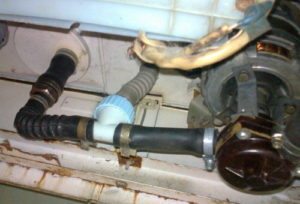 The main problem in the operation of the engine is the wear of the brushes; replacing them with your own hands can be difficult for someone who is going to do this for the first time. To change them, remove the engine of the semiautomatic machine. Then disconnect the wires from the brushes and pull out the brushes. Take new brushes and insert them as the old ones stood, that is, in the same direction of the grinded corner. Then connect the wires and secure the engine to the machine.
The main problem in the operation of the engine is the wear of the brushes; replacing them with your own hands can be difficult for someone who is going to do this for the first time. To change them, remove the engine of the semiautomatic machine. Then disconnect the wires from the brushes and pull out the brushes. Take new brushes and insert them as the old ones stood, that is, in the same direction of the grinded corner. Then connect the wires and secure the engine to the machine.
If the centrifuge engine fails, it will have to be replaced. Consider the replacement of the Sibir washing machine as an example.
- Using a 10-key, unscrew the 6 bolts holding the top cover of the semiautomatic machine.
- Unscrew the nut of the tank. It is better to do this together, one should hold the centrifuge tank, and the second - unscrew the nut.
- Also, together we remove the tank from the shaft, using a hammer. One holds, the other hits.
Note! Hammering must be done carefully, otherwise such repairs may result in new problems.
- If it’s tight, you don’t need to hammer the urine over the tank with a hammer, spray WD-40 liquid on the shaft and try again.
- We remove the tank to the side, after which we get the mounting pin, which is inserted into the motor shaft.
- The next step, we lift the car body and put it upside down.
- Carefully remove the engine from the washing machine.
Now it remains for us to decide what to do with the old engine. You can try to restore it by giving a specialist to rewind (rewinding is not an option with your own hands), but you can find and purchase a working engine. Both of these options will be very expensive, it’s easier to buy a new washing machine semi-automatic, but if repair is a matter of principle, then you decide.
Electrician
If the engine does not work correctly or does not work, the problem is not necessary. It is very possible that the main reason lies in the electrics. To carry out repair of semi-automatic washing machines of this kind, you will have to get the electric circuit of your model of "home assistant".
Note! Absolutely all semi-automatic washing machines produced in the Soviet period were supplied with electrical circuits to simplify repairs. To modern semiautomatic devices, only an instruction manual is attached, but this does not mean that the circuit cannot be found on the Web.
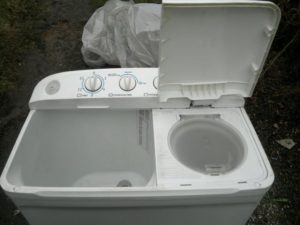 Before you start repairing electrics for washing machines semi-automatic, you need to understand what exactly is out of order. We will deal with the symptoms. The main symptom is that the engine stops functioning during the spin cycle, but it works normally during washing. What are the likely breakdowns?
Before you start repairing electrics for washing machines semi-automatic, you need to understand what exactly is out of order. We will deal with the symptoms. The main symptom is that the engine stops functioning during the spin cycle, but it works normally during washing. What are the likely breakdowns?
- One of the wires in the electrical circuit of the machine has broken or frayed. In old semi-automatic washing machines, such problems arise all the time.
- The microswitch has failed, the thermal relay or time relay has broken.
- Start relay or start capacitor burned out.
- The transformer burned out.
How to establish what specifically broke, how to check all these elements? Semi-automatic washing machines do not have a self-diagnosis system, so you have to do it yourself. You need to take an electrical circuit, look at the normal resistance of all of the above parts, then arm yourself with a multimeter and check them all in turn, each module and each wiring. With some skill, this work will take about 30-40 minutes.
If the problem is not found, repeat the test first, noting the modules that have already been tested, maybe something was missed for the first time. If a burned-out element of an electric circuit is detected, it must be replaced.
In conclusion, we note once again a very important point. Before starting a repair of a washing machine semiautomatic device, evaluate its economic feasibility. Perhaps "the game is not worth the candle." Good luck
Interesting:
18 reader comments
Add a comment Cancel reply
Headings
Washing machine repair


For buyers
For users

Dishwasher

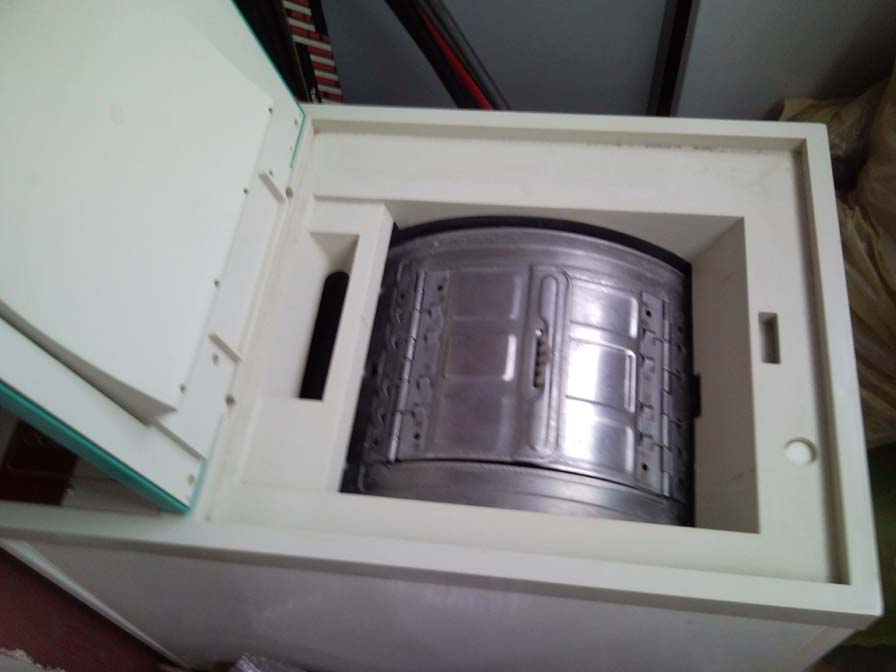
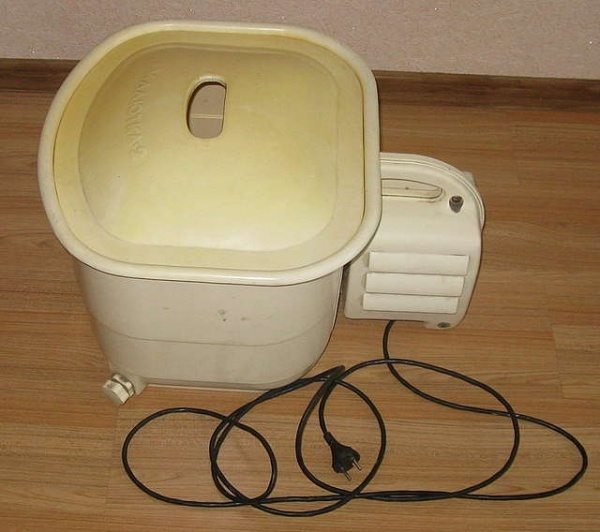
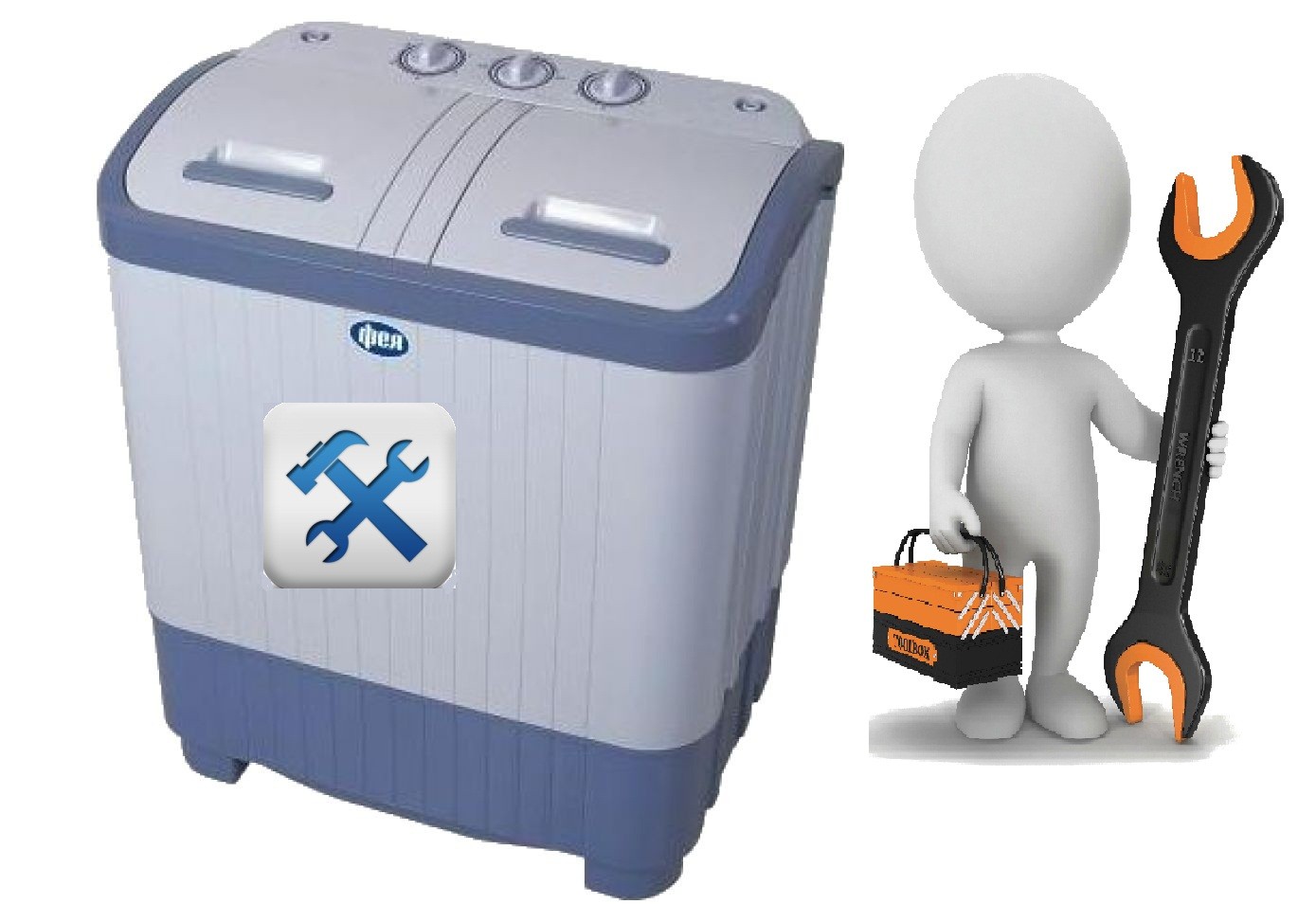


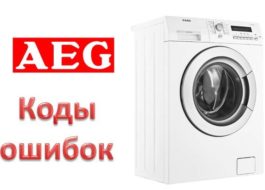











The engine rotates and the activator stands, but the belt is tight. What to do?
The same problem .. but the activator is not standing, but slowly and with a creak rotates. I think that foreign stuff fell under the activator. How to remove the activator and check?
Most likely, the activator drive (gearbox) failed.
But if it works in sparing mode, and when switching to normal, the timer ticks, and the machine does not work, what is the reason?
How to change the centrifuge seal on a Saturn washing machine?
My centrifuge is not spinning, but it is buzzing. What could it be, tell me please?
The drain does not work! What to do?
The machine turns in one direction, and buzzes in the other. What could it be, tell me someone?
Engine replacement.
My machine’s bottom surfaced (..this disk with pimples ... The computer is working properly .. but the drum is now standing .. What should I do?
Both reels spin at the same time.
My water goes to the centrifuge from the washer. How can I replace the valve?
The valve must be cleaned, not replaced.
Loose belt, how to tighten it?
The centrifuge does not squeeze
It is necessary to remove the drum in the Saturn typewriter. But I don’t understand. There are 2 tanks. One for washing, the other for spinning. I need to take off the one that erases.
New semiautomatic machine. It erases well, the activator turns, but the sound is incomprehensible. It seems that it turns normally in one direction, and in the other, as if with a strain. Lingerie pounds well. I took out the laundry, the sound was normal with water alone. I don’t overload the machine. What could be the reason?
A weak belt, perhaps.